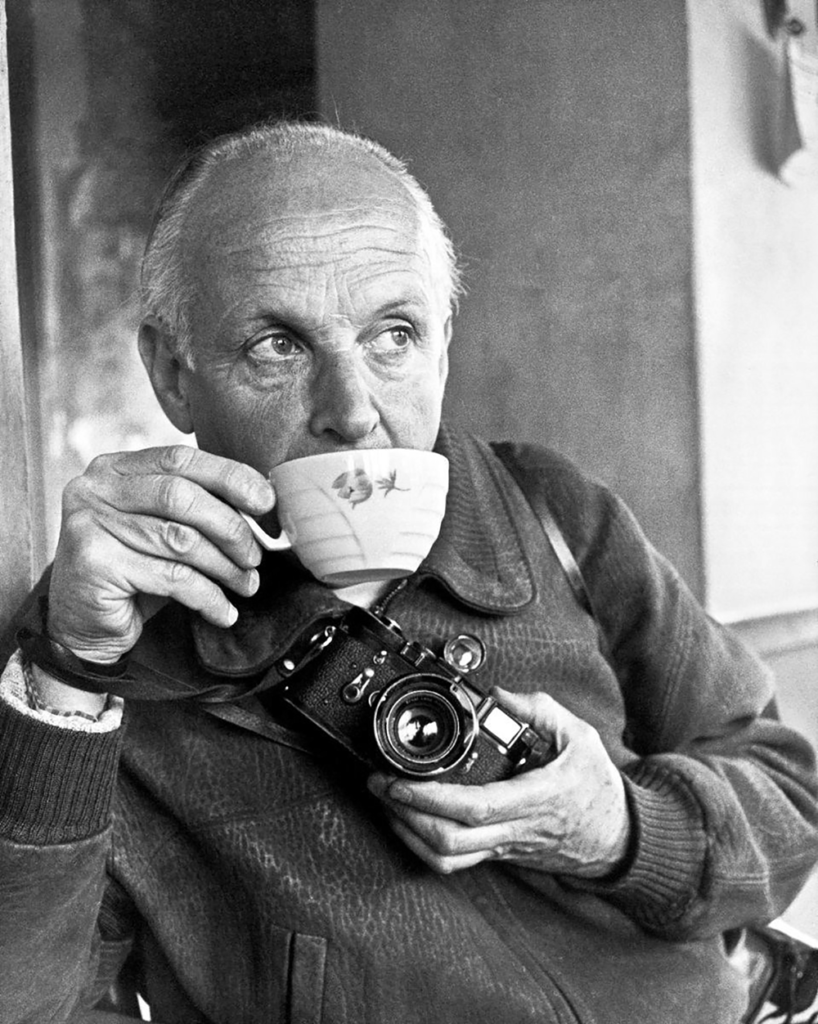
Henri Cartier-Bresson was a very influential and famous photographer, born in France in the earth 20th century and considered a master of candid photography (every aspect is unplanned). He harnessed the idea of the decisive moment, which is, with little planning, waiting for a moment which is interesting to capture. His photos set in motion a transformative wave that resonated throughout the photographic community. It symbolized a shift from planned, staged and seemingly perfect composition, to more real, spontaneous photos that tried to capture the truth in his subjects within the frame.
He saw his camera as an extension of his eye due to his understanding that the most appealing candid images are created when the subject is completely unaware they are being photographed. He also saw photography to be like ‘hunting’ your subject. This is because he never planned his photos, so he would walk around ‘hunting’ for the perfect photo.
“For me the camera is a sketch book, an instrument of intuition and spontaneity, the master of the instant which, in visual terms, questions and decides simultaneously. In order to ‘give a meaning’ to the world, one has to feel involved in what one frames through the viewfinder.
How he took photos and the camera used:
Bresson took photos in the photography genre called street photography, which is a form of documentary but it is decidedly not reportage and rarely tells one story. He would sometimes capture something very unexpectedly (like a crime, or an funny looking face), however most of his photos where seemingly normal yet extraordinary at the same time. This is due to his perfection in composition and finding the perfect subject.
Too take his street photographs, he used the Leica handheld camera, commercially available as of 1924. This was the perfect camera of the time to allow quick photographs on the move, as well as adjustable exposure time to capture more of less movement. It was a 35-mm film camera with a wide aperture, as well as being able to advance quickly, allowing photographers to take photos of the subject in quick succession. This meant the photographer had lots of choice to find the best photo.
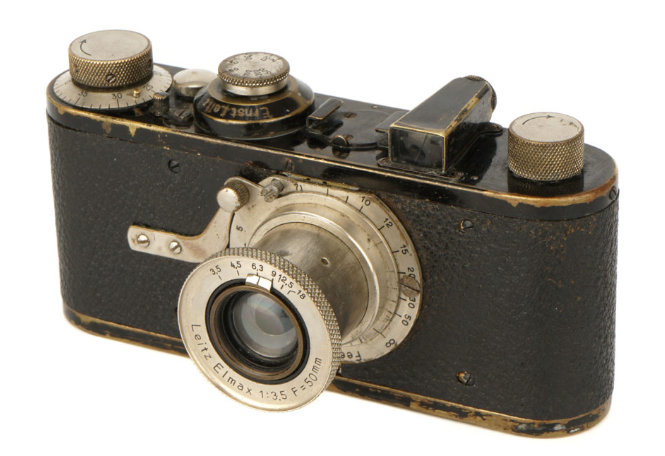
Below are some famous photos from him:
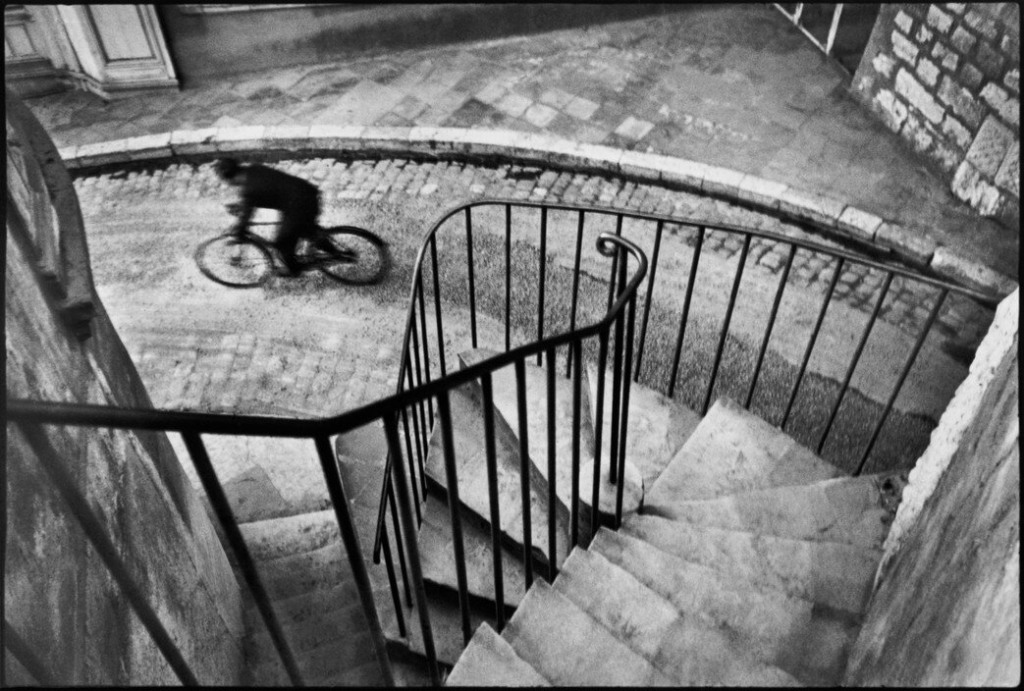
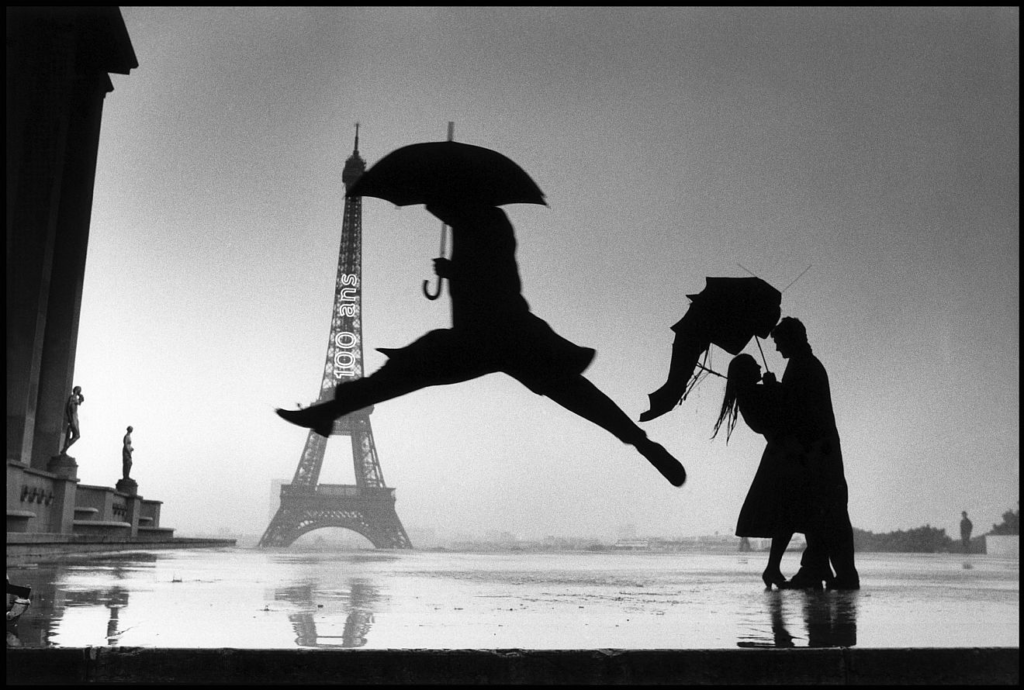


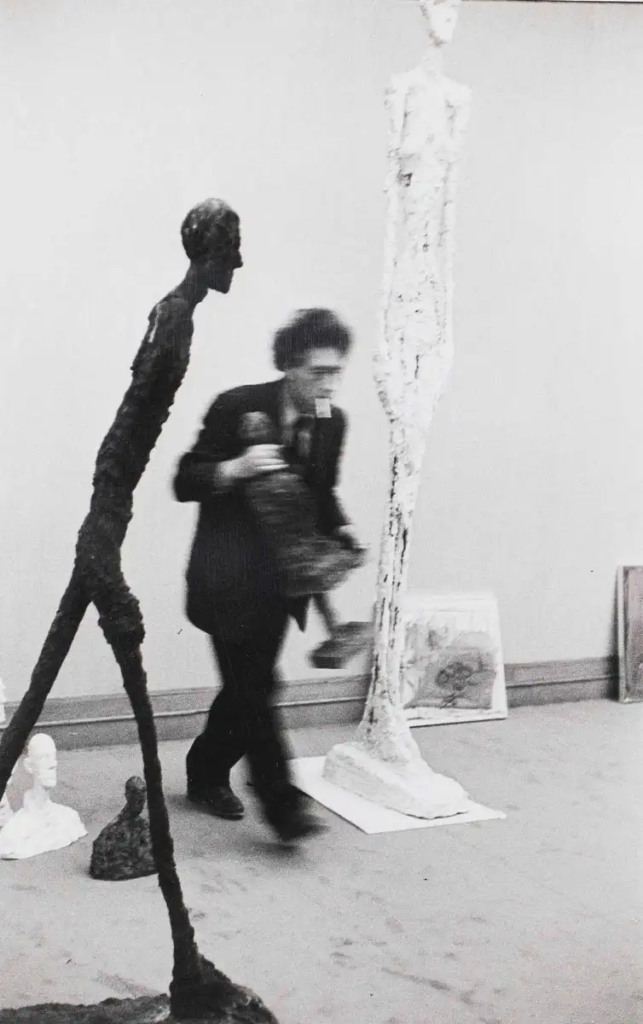
his background:
he grew up in a wealthy family in France and originally had a passion for art, until he discovered photography, seeing it as an extension of his eye in the 1930s. This passion for photography steamed from seeing the work of two major 20th-century photographers, Eugène Atget and Man Ray. Making use of a small allowance, he traveled in Africa in 1931, where he lived in the bush, recording his experiences with a miniature camera.
He also visited many other places like Europe and America, expanding his knowledge of cultures an the world, allowing his to find a true meaning to photography, the decisive moment. This is where you consider everything like anticipating a good shot and the connection with the environment and the subject.
Photo analysis:

This photo is very good in many ways. Firstly, the rule of thirds are heavily in use, with the main subject running off the scene (in the centre right third), making the image compositionally more appealing. This also allows the viewer to see where the subject came from, and how he got over to the right (by leaping through the water). There are many structural lines that bring the eyes over to the this subject, like the fence in the background, the reflection of this fence, and the wood on the floor that the subject used to get across. The negative space in this image helps the subject to take over the image, especially his shadow witch completely contrasts the bight water.
The image is in Black and white, removing the distraction of colour, allowing the essence of the image to be captured, instead of realism, of course this was only due to a limitation of 1930s cameras, but it still positively impacted the image. the texture of the image became more pronounced as well, with the smooth, shiny water contrasting the the rough and worn out walls in the background.
He used a smaller aperture to achieve more depth of field (focus in the foreground and background), and a medium film speed to get the a clear photo with enough brightness in his image. His shutter speed was short to capture the subject jumping without them being to blurry.
mid day sun is very difficult to take photos in, however Bresson embraced the negatives of mid day sun. For example the harsh shadows created deep shadows, and high contrast. It also added texture to the image, especially the puddle, making more defined ripples.
